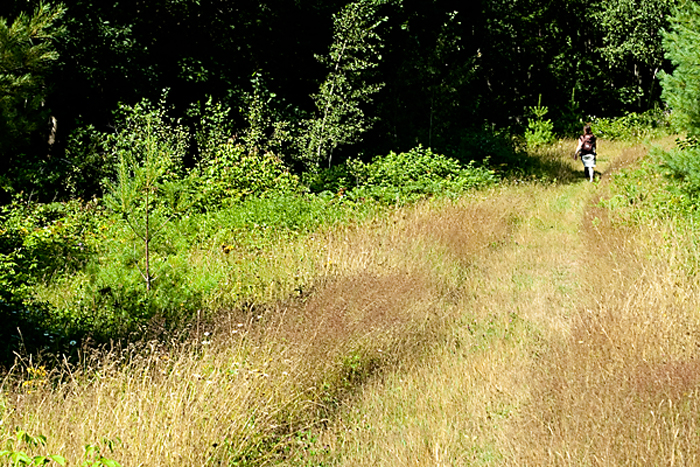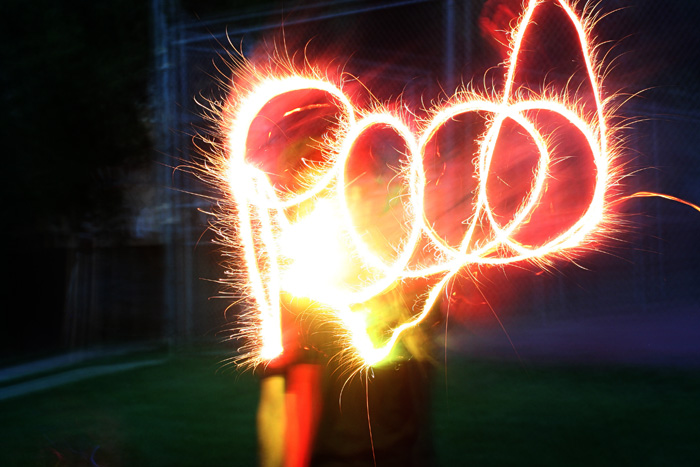The Golden Mean and Rule of Thirds
In real life when we are looking at something, we look directly at it, thus centering it in our field of view. This also translates into taking photos. We naturally want to center our subject in the rectangular frame of the camera. However, when we center our subject, we often find the photo to be static and uninteresting. The Golden Mean and the Rule Of Thirds are guidelines that can assist with placing our subject in an ideal location to add interest and action to a photo and make the photo more esthetically pleasing.
Defining the Golden Mean
We’re going to start out talking about the Golden Mean since this is where the Rule Of Thirds comes from. The Golden Mean is a mathematical number. It is a ratio derived from the Fibonacci Series. I won’t bore you with all the mathematical details but the number series looks like this:
1, 2, 3, 5, 8, 13, 21, 34, 55, 89, etc…
If you take the ratios created by these numbers the higher numbers give you a ratio of 1.618, and this ratio and these numbers are found in many things in nature that our eye tends to find beauty in. A nautical seashell’s spiral uses these numbers. Many flowers have 3, 5, 8, 13, 21, 34, 55, or 89 petals. Some music can even be broken down into this ratio or uses these numbers.
So, how does The Golden Mean bring us to the Rule Of Thirds?
Well, if you make a grid divided up in eighths and draw your lines vertically and horizontally at three eighths from each side, the points of intersection are at the Golden Mean. But, dividing your viewfinder into eighths isn’t as easy as dividing it into thirds, so using the Rule Of Thirds helps you to get your image close to where that Golden Mean would be. Take a look at this photo. The person in the photo is located at the upper right intersection, making this photo very pleasing to the eye versus if the person had been centered in the frame.
What is the Rule Of Thirds then?
The Rule Of Thirds is a grid made when you divide up your photo in thirds both vertically and horizontally. When taking photos you’ll want to follow these lines or even put your subject at one of the intersections to bring interest or action to your photo. Take a look at these before and after photos of my daughter on the beach. In the “before” photo, she is more central:
But when I did some cropping, I put her along the left vertical line to bring more attention to her and the fun she is having at the beach. This brings action to the photo by leaving the other two thirds of the photo showing the beach.
In landscape photography, you’ll want to put your horizon at one of the horizontal lines, like this photo I took last summer.
Which line you choose will be dependent on whether you want the Earth to be your focus or the skyline to be your focus, allowing two thirds of your photo to be the object on which you want to focus. In portrait photography, you’ll want to focus the eyes at one of these intersections or lines.
Using These Principles in Your Own Photography
Now that you know what the Golden Mean and Rule Of Thirds are, it’s time to put them into practice. Most cameras focus on the center, so in order to move your focus to one of these intersections you will need to focus your camera on the subject by centering your subject and then pressing the shutter button half way down. Next, you will re-compose your shot by moving the camera over so your subject is now in one of the intersections or lines while your shutter button is still half way down. Then, once you’ve composed your shot, you’ll finish pressing your shutter button down to take the photo. Some cameras like dSLRs, do allow you to move your focus point around to locations other than the center, and you can just move that focus point to one of the outside points. This is much easier if your subject doesn’t move, which means you aren’t taking photos of your kids or animals. So, for those fun snapshots where you don’t have time to compose them in the camera, you can crop your photos in post processing to allow your photos to follow the Rule of Thirds or Golden Mean. I’ve made a couple 4×6 overlays that you can use as guidelines for cropping your photos.
Download Here
Lastly, I want to add that rules are meant to be broken. This isn’t an all out rule to follow in photography but one of the main ones that you’ll hear often. But, I have found that when I do follow this “rule,” I have enjoyed my photos much more. By the way, these are great “rules” for not just photography but scrapbooking too. We hope that you’ve found this helpful, and feel free to share your favorite photos using the Rule Of Thirds and the Golden Mean with us. We would love to see them. We look forward to sharing some more composition guidelines in the future.







